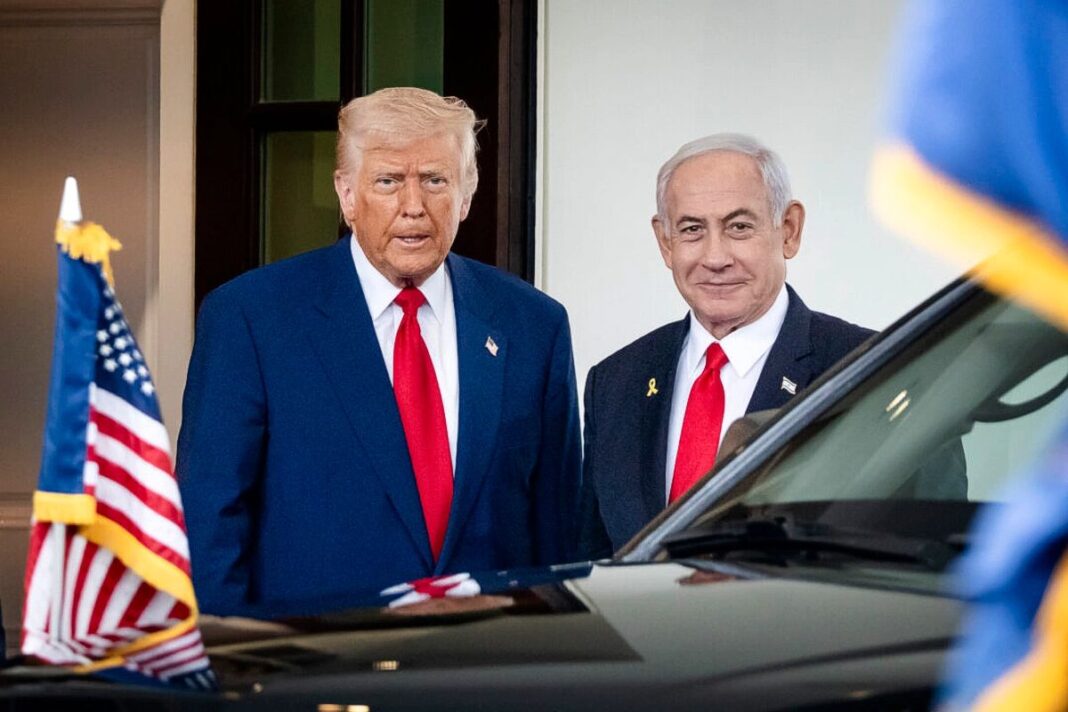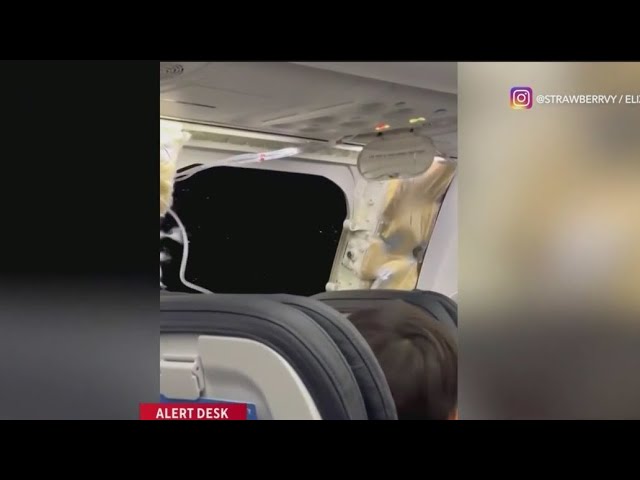Trump is expected to attend a social dinner at the Royal Palace hosted by the king and queen of the Netherlands.
THE HAGUE, Netherlands—President Donald Trump arrived in Amsterdam on Tuesday to attend the NATO summit, which is being held in The Hague from June 24 to 25. Trump got off the plane at 7:51 p.m. local time, wearing a cap with the words “USA” on it.
Upon arrival, Trump was welcomed by Dick Schoof, prime minister of the Netherlands, and Matthew Whitaker, U.S. permanent representative to NATO.
Trump is expected to attend a social dinner in the evening at the Royal Palace, hosted by King Willem-Alexander and Queen Máxima of the Netherlands.
Before departing the White House, Trump spoke to reporters, expressing deep frustration with both Iran and Israel, accusing them of violating the cease-fire deal. Both sides exchanged attacks overnight.
Israel blamed Iran for breaching the cease-fire just hours after agreeing to the deal, and then launched an attack of its own on Iran.
While acknowledging Iran’s violation, Trump voiced frustration over Israel’s response early this morning. Aboard Air Force One en route to the Netherlands, the president confirmed that Tel Aviv agreed to stop its retaliation.
“The cease-fire is very much in effect, and I think we’re going to keep it there for a long time,” Trump told reporters on Air Force One.
At this year’s NATO summit, Trump is hoping to secure a higher defense spending commitment from member countries, an issue he has hammered on for years.
The allies are expected to agree on a new defense spending target of 5 percent of gross domestic product (GDP) for each member country, more than doubling the current 2 percent benchmark.
Trump has long been critical of NATO countries for not paying their fair share to the alliance. Since returning to the White House in January, he has renewed pressure on member states to meet higher defense-spending targets.
To address Trump’s concerns, NATO Secretary-General Mark Rutte has proposed a two-tiered plan, which calls for allies to allocate 3.5 percent of GDP to core defense spending and an additional 1.5 percent to infrastructure and industrial capacity on an annual basis.
“I think we’re going to have stronger peace, better peace,” Trump told reporters, praising the new proposal.
By Emel Akan







